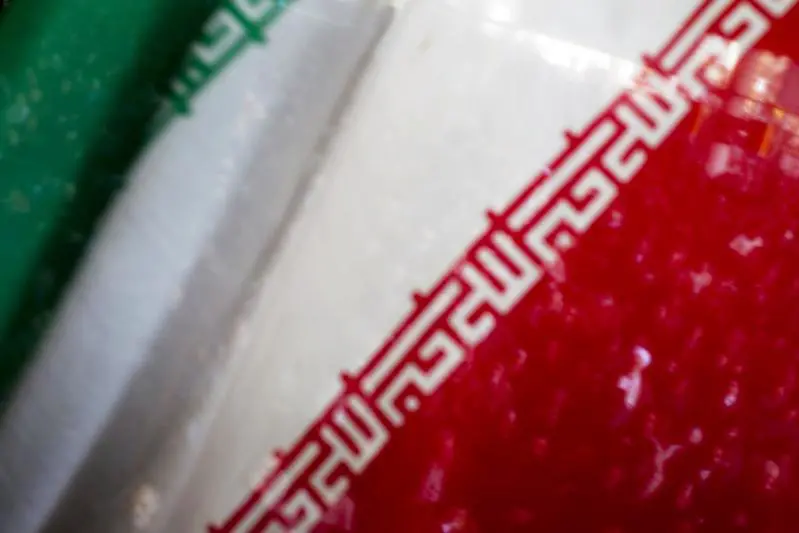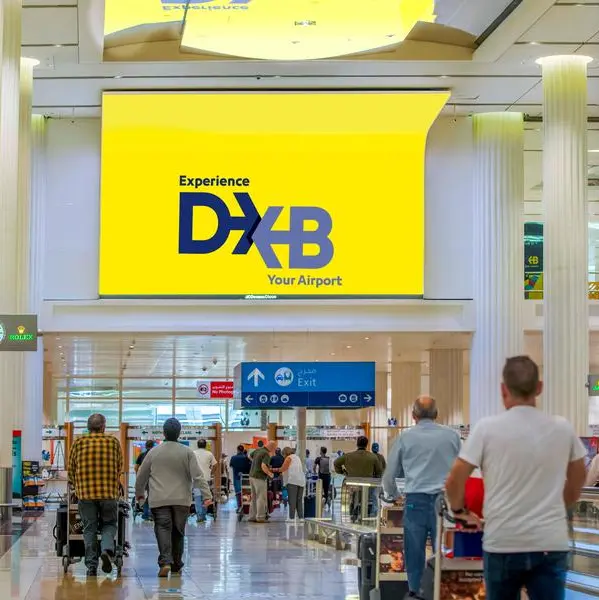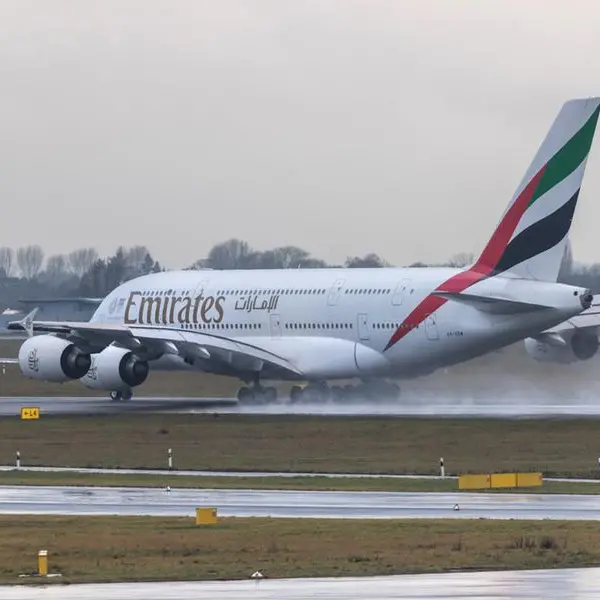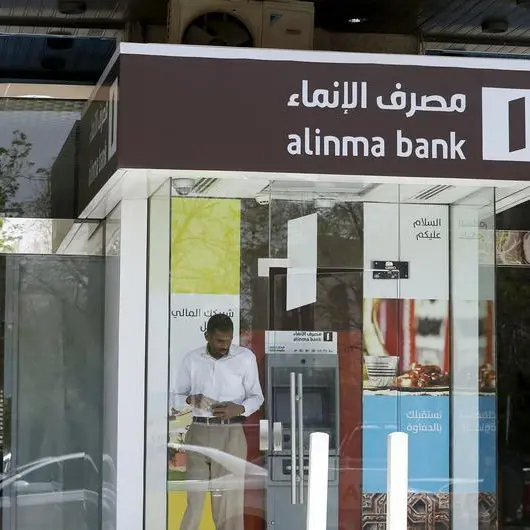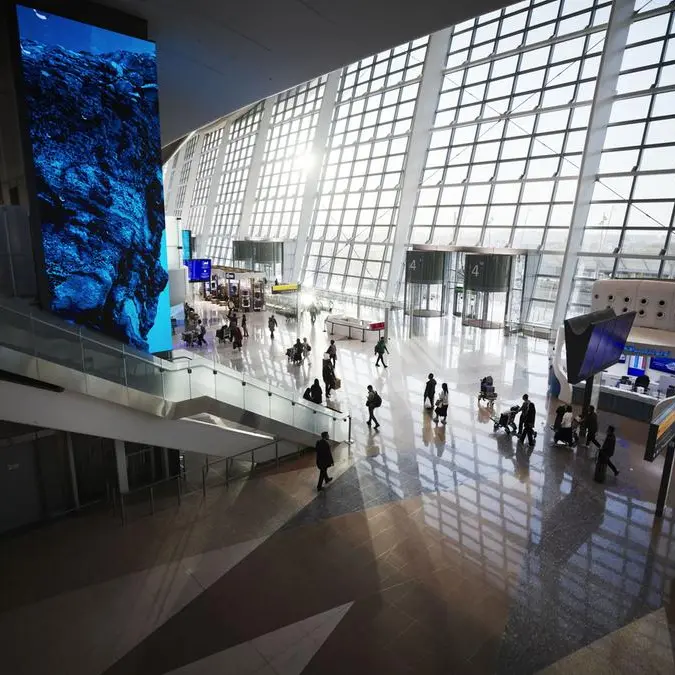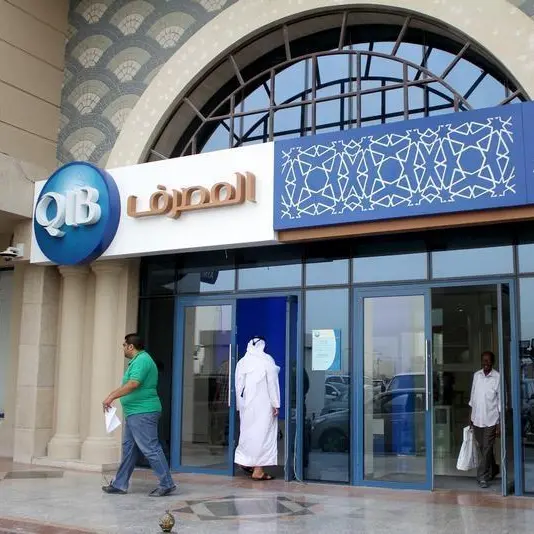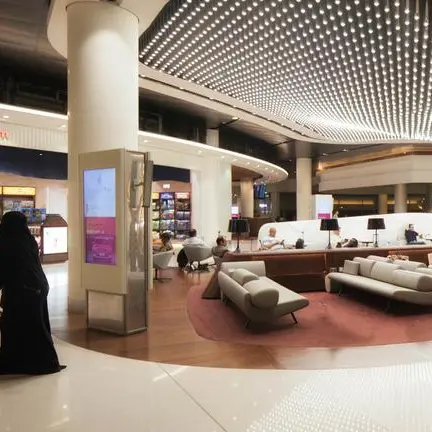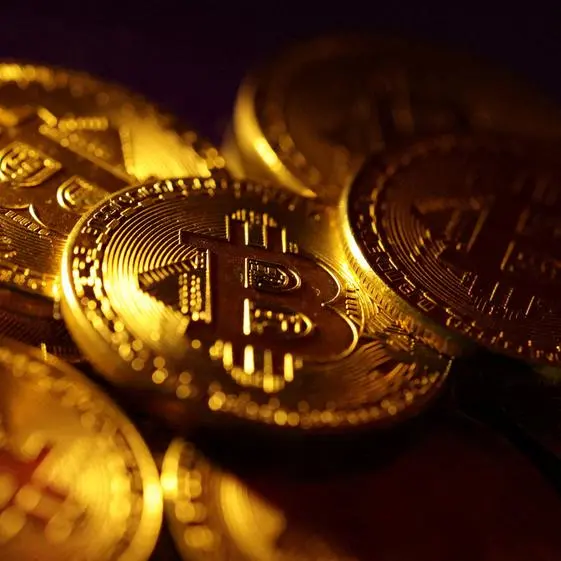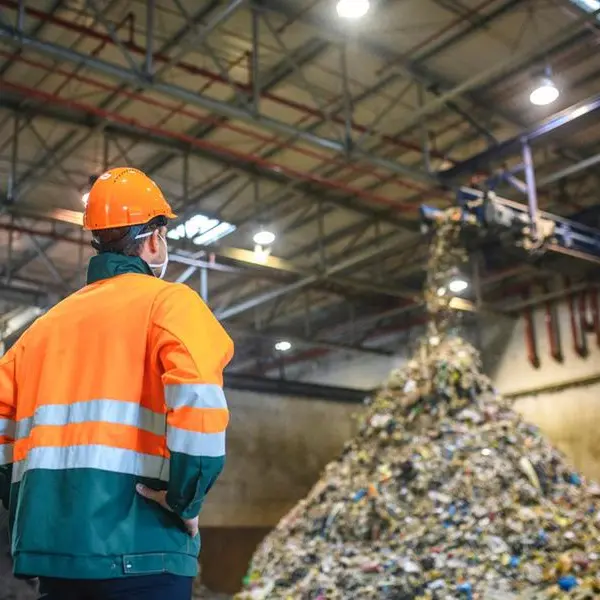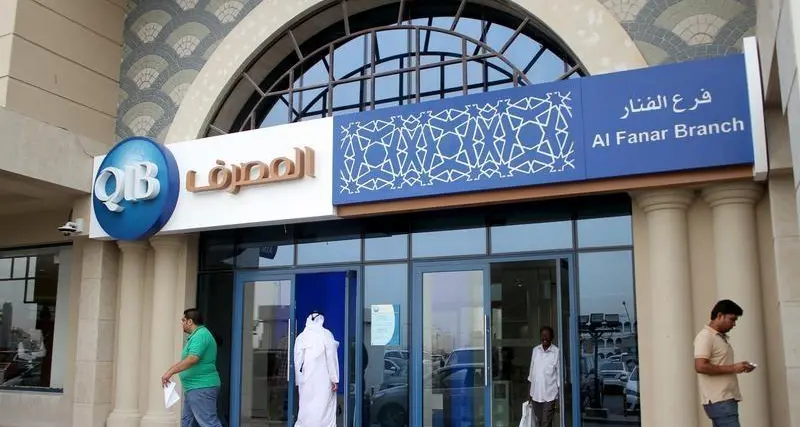PHOTO
These expectations are overly optimistic, considering that the grave challenges facing the regime continue to increase and steadily become more complex. Also, the geopolitical developments in the international arena have not been advantageous for Iran. Instead, they have impeded the new administration’s ability to fulfill its lofty electoral promises, rendering the new Iranian political equation handicapped from the start.
The regime is increasingly aware that support for its “revolution” is rapidly eroding, with its ideals incompatible with the values and ambitions of the younger generation. The regime is attempting to counter this, with much talk of indoctrinating the youth with a revolutionary mindset in an attempt to create an intellectual vanguard to sustain the Khomeinist line. For the Iranian leadership, this year’s presidential election was intended to reset societal attitudes and revive the ideals of the revolution through “engineering the election” toward a conservative line that is in tune with the ideas of the supreme leader. This was intended to lay the foundations for a new generation that bears the burden of sustaining the revolutionary ideals.
However, the regime — as some view it — is preparing the scene for the post-Khamenei era. When Raisi took over as president, the regime was able to appoint loyalists to head the legislative and executive branches. This step was preceded by the appointment of Mohammed Bagher Ghalibaf as the speaker in parliament, where the hard-liners hold a majority.
Regarding the new government’s performance in the more than three months since Raisi took over the presidency, signs of disgruntlement and dissatisfaction are emerging and escalating. Iran is experiencing rampant inflation, while unemployment and poverty rates are increasing. These deteriorating economic indicators have led to intense criticisms being leveled against the government because of its failure to set out a plan to deliver on its electoral promises, such as improving the economy, establishing better ties with neighboring nations and improving international relations to help lift the economic sanctions on the country, which have exacerbated the economic woes faced by the Iranian people.
Another subject of widespread public dissatisfaction is the government’s failure to combat the COVID-19 pandemic, with the Raisi administration embracing the previous government’s failed health policies and approach. This has also led to some parliamentarians blaming Raisi’s government for the decline in Iran’s stock market and the major losses hitting share prices. In addition, they have blamed the government for not addressing the rising poverty and unemployment rates. Senior Iranian officials are concerned that the aforementioned factors will lead to extensive protests.
At the security level, as a result of the deteriorating situation in Afghanistan, the pace of emigration and displacement from the country has increased, resulting in a surge in drug smuggling. This has aggravated the already parlous state of the Iranian economy and put more pressure on the country’s security and law enforcement agencies. Elsewhere, tensions have marred the relationship between Iran and Azerbaijan, prompting Tehran to increase its preparations for any potential dangers, most notably from Israel’s presence in Azerbaijan. Iran has also been subjected to cyberattacks targeting the country’s national petrol distribution system, leading to further criticisms of the government over its poor technical know-how and ability to thwart such cyberattacks.
All these challenges and crises are in addition to the country’s continuing and worsening water shortage crisis and power outages, with the former sparking protests in Isfahan.
In the economic arena, the Iranian government has embraced a strategy to develop a flexible economy capable of withstanding and recovering from crises and reviving state-controlled banking and financial institutions. Iran is still grappling with the socioeconomic fallout from the pandemic and, although it has blamed US sanctions for its inability to tackle the health crisis, it is obvious to anyone who observes Iranian affairs that Tehran’s ineffective health policies and approach have contributed to its current predicament. This mismanagement of the virus has had far-reaching ramifications, with job losses and income levels falling, leading to worsening socioeconomic conditions.
The economic situation during the second half of 2021 — after the Raisi government took office — was not noticeably different from the prevailing situation during the reign of the Rouhani government. On the contrary, all the macroeconomic indicators point to a crisis-ridden and deteriorating situation: Weak economic growth after a prolonged recession and an increasing budget deficit as a result of curbs on the country’s primary sources of income. Revenues generated from oil exports have dwindled due to US sanctions and tax collection has fallen because of the damaging impact of the pandemic on the Iranian business sector.
All of these realities have been accompanied by a government-driven policy of selling state-controlled assets on the stock market, borrowing from banks and social insurance institutions, and reducing the availability of capital on the one hand, while increasing liquidity to address consumption patterns on the other. This policy has impacted the value of the national currency, which plummeted at unprecedented rates throughout the year, further fueling the surge in prices seen in the country.
The monthly inflation rate has edged closer to 50 percent throughout the year, one of the highest in the world. This has increased the country’s poverty rate, leaving more than a third of Iran’s population living in abject poverty. The gap between the rich and the poor has also markedly increased, along with the unemployment rate among university graduates, who are emigrating in large numbers.
All these problems suggest that the continuation of Iran’s crisis-ridden economic situation is the likeliest scenario in the short term. Moreover, the economy could suffer further deterioration in the medium term if the economic embargo and sanctions remain in place.
Regionally, it remains unclear if the Iranian regime genuinely wants to improve ties with neighboring countries. No progress has been made in the Saudi-Iran talks and Tehran’s aggressive behavior toward Riyadh has not changed. Pressure is mounting on the regime in light of recent developments in the region. Iraqis are increasingly rejecting Iranian dominance, while Tehran’s role in Lebanon, Syria and Yemen is declining as a result of its failure to continue supporting the militias that serve the interests of the Iranian political system. There are also new challenges, such as tensions on the country’s borders with Afghanistan and Azerbaijan.
As to the international dimension, the issue of returning to the nuclear deal remains shrouded in ambiguity as a result of the hard-line posturing embraced by both parties. Iran demands that all sanctions be lifted, while asking the US to offer guarantees that it will not walk away from any new deal and that it will confine negotiations solely to the scope and terms of the previous agreement. Meanwhile, the international community seeks to place stringent conditions on Iran to curb its nuclear activities and ensure that UN inspectors have full and unlimited access to Iranian nuclear sites, as well as extending the sunset provisions that currently expire in 2025.
There is also international pressure to curb Iran’s regional activities and missile program. Thus, it is expected that the nuclear negotiations will take a long time, and this delay will allow Iran to cut its nuclear breakout time. It is worth mentioning here that the Iranian regime succeeded in cultivating an opinion within the international community that no additional understandings should be added to the terms of the nuclear deal — particularly in regard to its missile program and malign regional activities.
On balance, the regional and global challenges posed by the Iranian regime continue to increase. There are no indications that it is pursuing a different approach to finding a compromise to the outstanding issues — primarily Iran’s instigation of disputes, its financial, technological and military support for its militias, and escalating military threats in the region through the proliferation of missiles, drones and naval weapons. The latter will lead to a surge in the arms race and spread of chaos in the region, impacting energy supplies and global trade, keeping the region engulfed in disputes, and thwarting the efforts of countries wanting socioeconomic and technological transformations to lift their economic capabilities and improve the well-being of their citizens.
Though Iran likes to claim that it does not accept external dictates when it comes to the ongoing nuclear negotiations with the P5+1 countries in Vienna, it will find no trouble conjuring up justifications to accept whatever the major world powers embrace. Unfortunately, the solutions seem to be leading to an impasse and Russia and China will not be able to cope with Iran’s stubborn posture. However, it is expected that Tehran will search for loopholes through which it can scatter international efforts and weaken the US’ position.
There should be diplomatic and media pressure in order to address the danger posed by Iran’s nuclear program, regional behavior, long-range missiles and drones on regional and international security — citing the attacks against ships at sea, which thwart maritime navigation, and the use of missiles and drones to target neighboring countries.
Given that the nuclear negotiations are proceeding in line with what is dictated by Supreme Leader Ali Khamenei and the Supreme National Security Council, it is expected that Iran’s policy will be consistent with previous governments when it comes to addressing international affairs. However, Iran could possibly pursue a harder line, especially since the vision of the Raisi government is consistent with the directives of the supreme leader, unless there is significant pressure prompting the regime to avoid escalation. Excessive external pressure on the regime could trigger more discontent at home; something the Iranian political elite fears the most.
• Dr. Mohammed Al-Sulami is President of the International Institute for Iranian Studies (Rasanah). Twitter: @mohalsulami
Copyright: Arab News © 2021 All rights reserved. Provided by SyndiGate Media Inc. (Syndigate.info).
